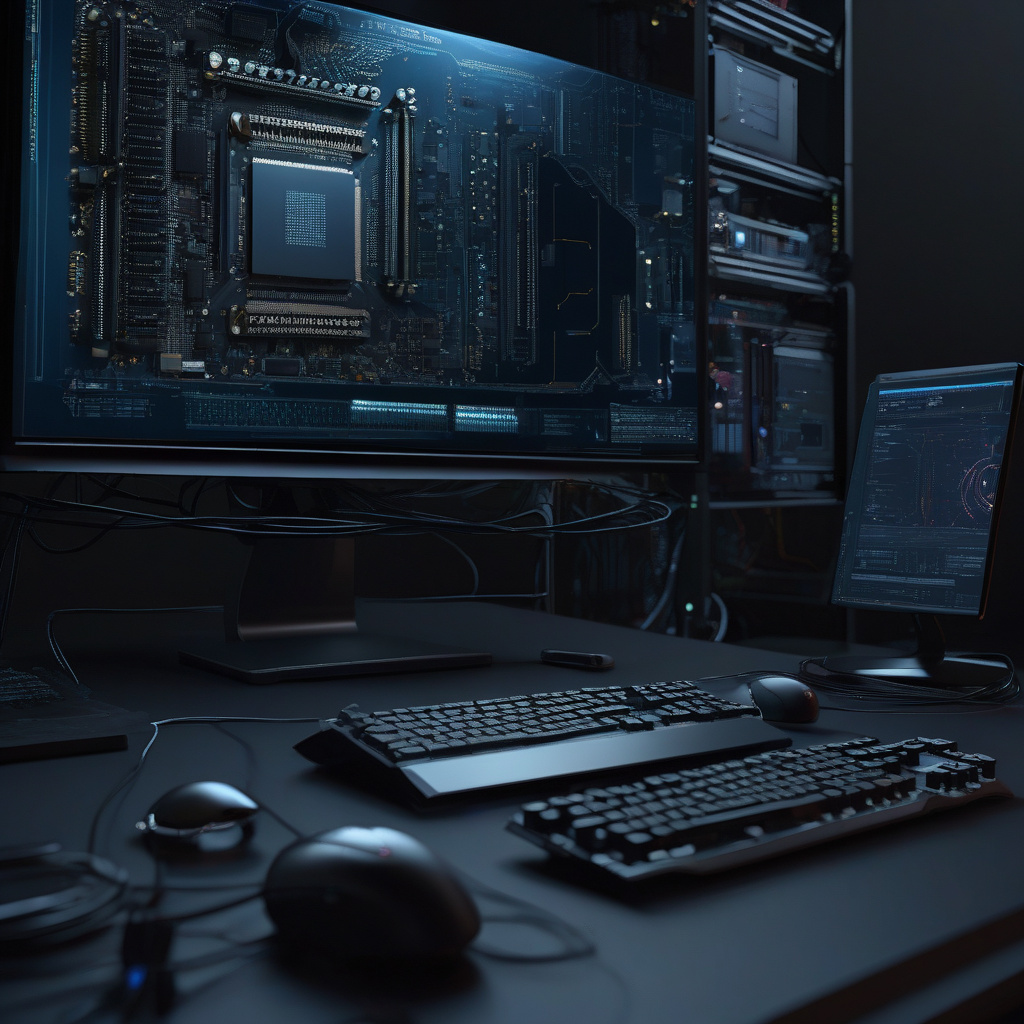Title: Unveiling the Mysteries: Programming Your First Quantum Computer
Are you intrigued by the buzz surrounding quantum computing but feel intimidated by its perceived complexity? Fear not, as delving into the realm of quantum programming can be an exciting journey, even for beginners. In this guide, we will unravel the basics of quantum computing and equip you with the knowledge to create your first quantum program from scratch.
To embark on this quantum adventure, let’s first understand the building blocks of quantum computing: qubits. These quantum bits are the fundamental units of information in quantum systems, replacing the classical bits used in traditional computers. Unlike classical bits that can only be in a state of 0 or 1, qubits can exist in a superposition of both states simultaneously, thanks to the principles of quantum mechanics.
Imagine qubits as the artists of the quantum world, capable of painting a canvas with infinite colors. By manipulating qubits through quantum gates, you can perform operations that exploit their quantum properties to execute computations in ways unimaginable with classical systems. This means that a quantum program can process vast amounts of data and solve complex problems exponentially faster than classical computers, especially in areas like cryptography, optimization, and machine learning.
Now, let’s dive into the practical side of programming a quantum computer. One of the most popular platforms for quantum programming is IBM’s Quantum Experience, which provides a user-friendly interface for creating and running quantum circuits. By accessing their cloud-based quantum processors, you can experiment with real quantum hardware and witness the power of quantum computation firsthand.
To get started with programming your quantum computer on IBM Quantum Experience, follow these steps:
- Sign Up: Create an account on IBM Quantum Experience to gain access to their quantum cloud services and tools.
- Choose a Quantum Circuit Composer: Use the intuitive graphical interface to design your quantum circuit by selecting qubits, applying quantum gates, and configuring measurements.
- Run Your Quantum Program: Submit your quantum circuit for execution on IBM’s quantum processors and observe the results generated by the quantum computation.
- Experiment and Learn: Tweak your quantum circuits, explore different quantum algorithms, and delve deeper into the fascinating world of quantum computing to enhance your programming skills.
By immersing yourself in the process of programming a quantum computer, you can demystify the complexities surrounding this cutting-edge technology and unlock its potential for innovation. Remember, quantum computing is not just about performing calculations—it’s about reimagining what is computationally possible and pushing the boundaries of conventional problem-solving.
In conclusion, programming a quantum computer as a beginner is an enriching experience that opens doors to a new era of computing capabilities. With dedication, curiosity, and a willingness to embrace the quantum realm, you can embark on a transformative journey that transcends the limits of classical computing. So, seize the opportunity to program your first quantum computer and witness the magic of quantum algorithms shaping the future of technology.
At the same time, remember that quantum computing is still in its infancy, with vast potential waiting to be unlocked by programmers and researchers worldwide. By taking your first steps into the world of quantum programming, you are not just learning a new skill—you are becoming part of a revolutionary wave that will redefine the landscape of computing for years to come.
So, what are you waiting for? Dive into the world of quantum programming and unleash the power of quantum computation in your hands.
Sources:
– Quantum Computing: Unleashing the Power of a New Era
– Unraveling the Power of Quantum Bits: A Glimpse into Quantum Computing

